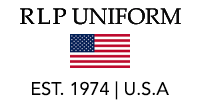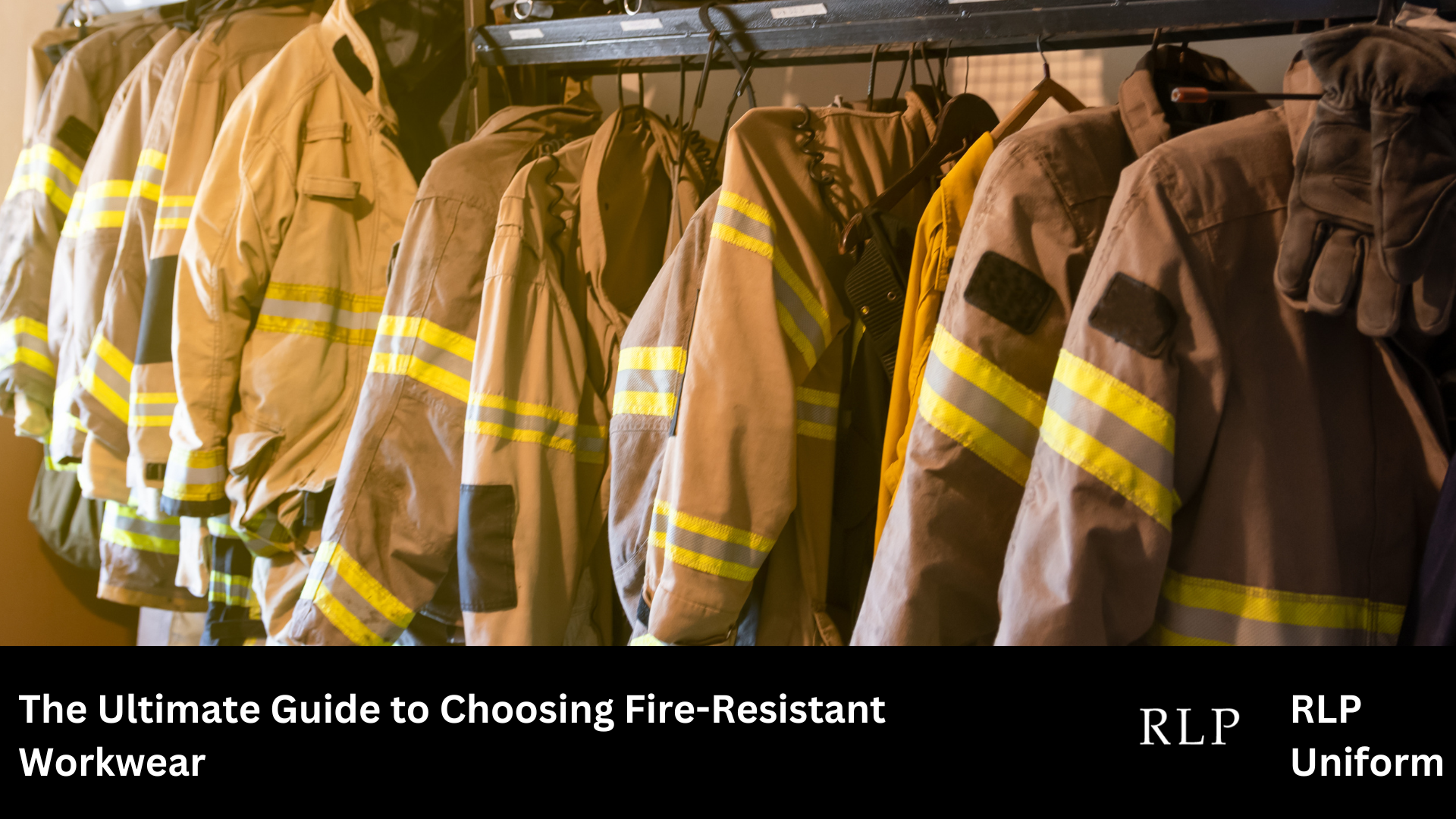10 Factors to Consider When Choosing Work Uniforms for Your Team

Selecting the right work uniforms for your team is crucial for creating a professional image and fostering a sense of unity among your staff.
Whether you're in the hospitality industry looking for hotel uniforms or managing a team in any other sector, choosing the right workwear can make a significant difference.
Here are ten key factors to keep in mind when making this important decision.
1. Comfort and Functionality
Your team members will wear these uniforms for hours on end, so comfort should be a top priority.
Look for uniforms made from breathable fabrics that move with the body.
For example, a poly-cotton blend offers both comfort and durability, making it an excellent choice for many work environments.
Think about the tasks your team performs daily.
Do they need pockets for tools or notepads? Are they constantly moving, requiring stretch fabrics? The uniform should never hinder their ability to do their job effectively.
2. Durability and Quality
High-quality uniforms might cost more upfront, but they're an investment that pays off in the long run. Durable uniforms last longer, saving you money on frequent replacements.
They also maintain their appearance better, keeping your team looking sharp even after multiple washes.
For industries with specific safety requirements, like flame-resistant material for kitchen staff, quality becomes even more critical. Don't compromise on these essential features.
3. Brand Representation
Your work uniforms are a walking advertisement for your brand. They should align with your company's image and values.
Consider your color scheme, logo placement, and overall style. A well-designed uniform can boost brand recognition and create a lasting impression on customers.
4. Industry Appropriateness
Different industries have different expectations when it comes to workwear.
Hotel uniforms, for instance, often lean towards a more formal look, while a tech startup might opt for a more casual style.
Research industry standards and customer expectations to strike the right balance.
5. Customization Options
Every business is unique, and your uniforms should reflect that.
Look for suppliers that offer customization options. This could include adding your logo, choosing specific colors, or even designing a completely bespoke uniform that sets your team apart.
6. Ease of Care
Consider how the uniforms will be maintained.
Are they easy to clean? Do they require special care? Opting for uniforms that can withstand industrial laundering can be a huge time and cost-saver, especially for larger teams.
7. Climate Considerations
If your team works in varied environments, you'll need to account for different climates.
For outdoor workers, you might need to provide both warm and cool weather options.
Indoor workers might benefit from layered options to accommodate fluctuating temperatures.
8. Inclusivity and Fit
Your team is diverse, and your uniforms should accommodate everyone. Look for suppliers that offer a wide range of sizes and fits. Consider offering both men's and women's cuts to ensure everyone feels comfortable and looks their best.
9. Compliance with Regulations
Depending on your industry, there may be specific regulations governing workwear. This is particularly important in sectors like healthcare or food service. Make sure your chosen uniforms meet all necessary safety standards and regulations.
10. Cost-Effectiveness
While it's important not to skimp on quality, you also need to consider your budget. Look for uniforms that offer the best value for money.
Remember, cheaper isn't always better if it means replacing uniforms more frequently.
By considering these ten factors, you'll be well on your way to choosing work uniforms that not only look great but also serve your team and your business effectively.
Remember, the right uniform can boost morale, improve customer perceptions, and contribute to your overall business success.
Frequently Asked Questions
How often should work uniforms be replaced?
The lifespan of work uniforms varies depending on the quality, usage, and care. On average, uniforms should be replaced every 1-2 years for optimal appearance and functionality.
Can employees customize their uniforms?
While maintaining a consistent look is important, some degree of customization (like choosing between long and short sleeves) can boost employee satisfaction. Discuss options with your uniform supplier.
What's the best fabric for hotel uniforms?
Poly-cotton blends are popular for hotel uniforms as they offer comfort, durability, and ease of care. However, the best choice depends on specific roles and the hotel's climate.









